为了充分了解系统的振动特性,工程师执行传递路径分析 (TPA) 以帮助识别和评估从励磁电源到给定被动端结构位置的结构传播和空气传播能量传递路径。
传递路径分析可量化各种声源及其传播途径,找出哪些对噪声问题的贡献量最大、哪些会相互抵消。根据量化和建模的声源及传播路径,优化系统的声振和噪声、振动与声振粗糙度 (NVH) 性能变成一项轻而易举的设计任务。
为了充分了解系统的振动特性,工程师执行传递路径分析 (TPA) 以帮助识别和评估从励磁电源到给定被动端结构位置的结构传播和空气传播能量传递路径。
传递路径分析可量化各种声源及其传播途径,找出哪些对噪声问题的贡献量最大、哪些会相互抵消。根据量化和建模的声源及传播路径,优化系统的声振和噪声、振动与声振粗糙度 (NVH) 性能变成一项轻而易举的设计任务。
使用时域传递路径分析模型验证噪声构成因素。此模型可供探听动力系统部件、轮胎摩擦、风和其他构成因素的声音记录。它还可以将传递路径分析模型的使用延伸至声音设计和声品质工程。此过程还可以应用于重新启动发动机和轻踩/轻轻松开油门踏板之类瞬态事件。
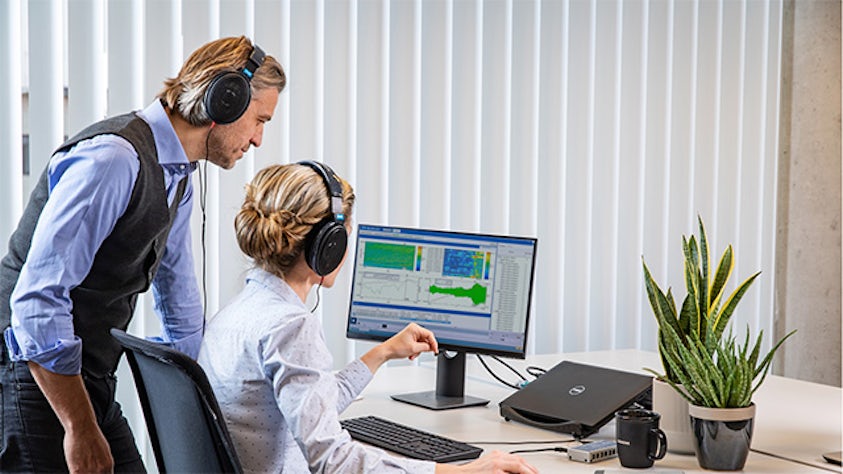
在开发早期预测动力系统、轮胎、空调系统和转向系统之类要素对于车内噪声的影响,难度极大。为避免无休无止的设计迭代,工程师们需要模块式技术,将测量的每个部件模型用于整车噪声预测。
这正是基于部件的传递路径分析的内容范围。此过程的第一步是,根据已获得的自由速度或刚性约束力独立于接收端表征源载荷。接下来,使用子结构技术,工程师可以研究部件级别的声振粗糙度性能,而无需根据所有变量创建整车物理原型。这种早期预测可以帮助避免产生问题,并且也让设计目标变得更加现实。
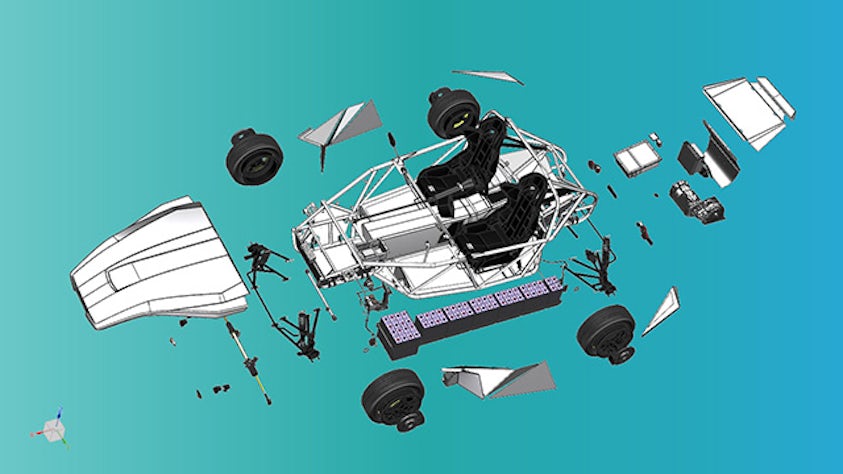
动力总成声振粗糙度工程师试图跟踪动力系统声振能量的流动并确定路径贡献量,以便分析可能对声振结果产生影响的变量。传递路径分析可以评估几种变量并比较和评估结果。这在整车声振粗糙度性能优化过程中起着重要作用。
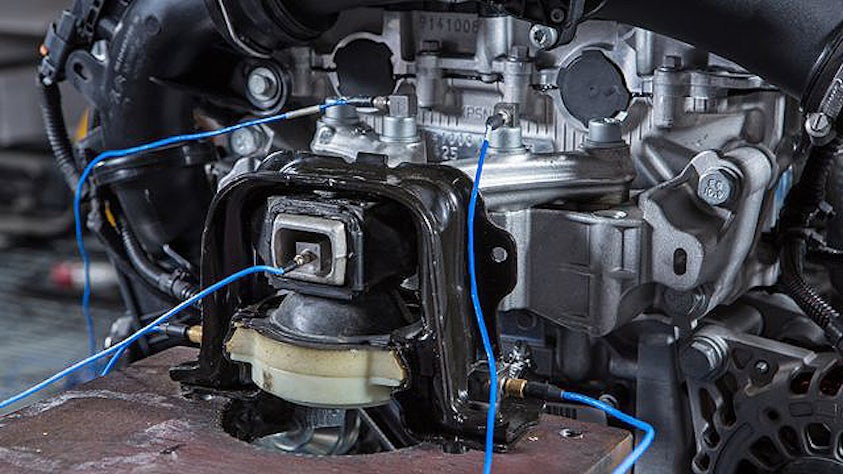
更低的通过噪声等级限值、更新的认证标准以及新技术的引进,迫使 NVH 团队采用创新型高效通过噪声工程方法。依赖车内和车外通过噪声认证解决方案,依据各种机构监管指令加速测试。我们的解决方案囊括多种基于测试的工程方法,能够对汽车声音进行设计并预测通过噪声级别。

路面噪声是车内噪声的主要成因。对于混合动力或电动汽车而言,路面噪声尤为明显,因为它不会或很难为动力系统噪声覆盖。传递路径分析能够区分空气和结构噪声以及前轴、后轴和悬架噪声。此项分析能够确定噪声过多的根本原因并验证底盘和车身修改,从而帮助提高乘客舒适度。
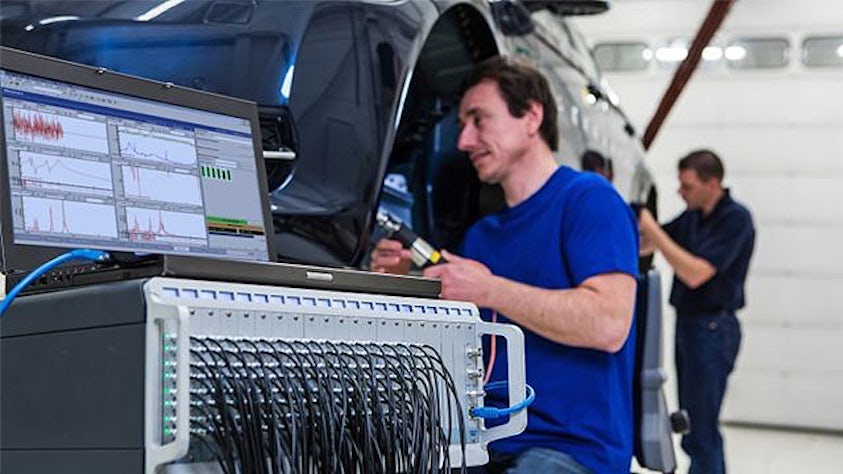
您可以使用测试和仿真数据在虚拟环境中准确创建或组装系统,轻松评估不同开发阶段的修改或部件的效果,并充分利用贵公司的所有数据。用户界面简单易用,非专业人员也能准确预测最终产品的噪声、振动与声振粗糙度 (NVH) 性能。我们的解决方案使您的开发团队能够提供出色的 NVH 性能,同时控制开发时间和成本。
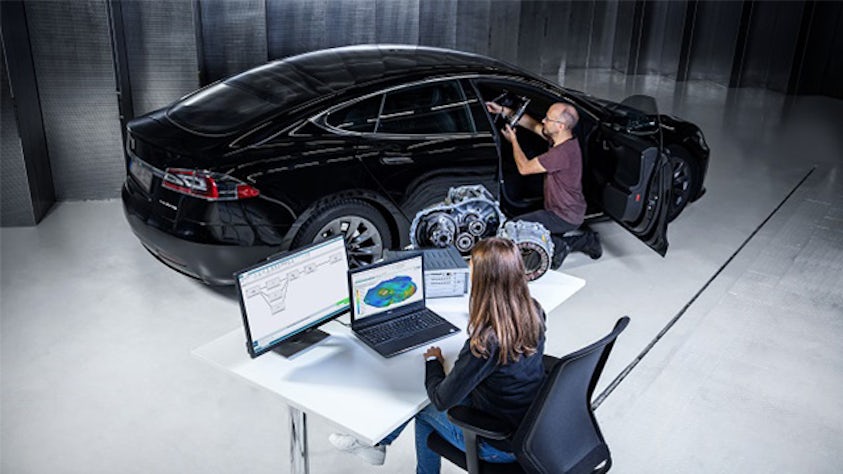
借助实验性传递路径分析探究噪声和振动问题的根本原因。此方法能够深入洞察系统噪声和振动性能。其基础为源-传递路径-接收体模型,允许设置正确且精确的防范措施。在开发早期,它还可以帮助针对整车系统和部件级别设置切实可行的设计目标。
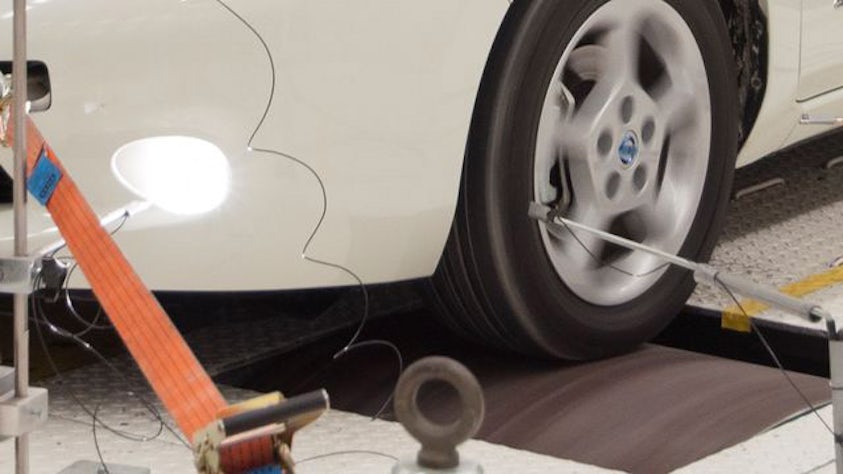
雷诺使用 Simcenter 在设计早期实现了更准确的 NVH 虚拟评估,成功节省了成本。

公司:雷诺
行业:汽车及交通运输行业
位置:布洛涅-比扬古 (Boulogne-Billancourt), France
Siemens 软件:Simcenter 3D Solutions, Simcenter Amesim, Simcenter Testing Solutions